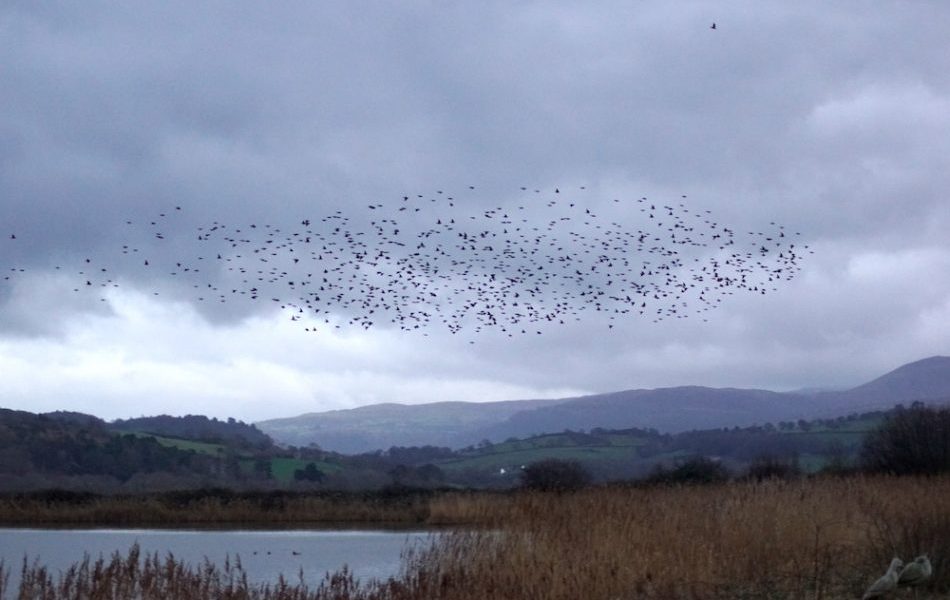Climate change is causing spring to arrive earlier in much of North America, but this advance is not happening uniformly across many bird’s migration routes.
It has now been widely documented that warming climates are altering the timing of seasonal events – the first leaves and flowers on plants, mating behaviour and the arrival or migratory species – an area of study known as ‘phenology’. The problem is, that not all species are responding equally to climate change.
Some species, by virtue of their biology or life history traits, are better able to track changes in the timing of climatic milestones in temperature or rainfall, for example, whereas others lag behind. Now, a new study shows that on top of this, many species will be faced with major mismatches between the changes in seasonal events across their range. Migratory species are therefore particularly at risk of becoming out of sync with their environment.
Eric Waller at the US Geological Survey in California and colleagues compared published data on the first appearance of leaves and flowers on deciduous trees for 496 US National Wildlife Refuges and four major North American bird migratory routes from 1901 to 2012. They found that spring is now arriving early in 76% of wildlife refuges across the USA compared to the early 20th Century.
In three of the four migration routes, spring advanced more rapidly at higher latitudes than lower latitudes.
The team also estimated the rate of spring advance for the breeding and over-wintering grounds of two bird species – the Blue-winged Warbler (Vermivora cyanoptera) and Whooping Crane (Grus americana), and found that while the species’ breeding sites have shown major advances in the arrival of spring, these have not been matched at wintering sites.
This finding adds to data published in April last year, which reported that for 77 songbird species that migrate between North and South America, they are more likely to experience an unfamiliar climate in their breeding grounds than wintering grounds.
Recent computer modelling has shown that migratory birds that overwinter in the tropics are expected to experience unfamiliar climates during the non-breeding season within the next 40 – 50 years, much sooner than species overwintering in the subtropics.
Further, climate change is likely to alter the prevailing winds at different times of the day and year, making some birds’ migrations much easier, and others’ much harder.
These mismatches in the timing of spring events in key habitats for migratory birds could make it difficult for them to stay in-sync with peaks in food availability and other seasonal changes. This could also have major implications for conservation planning, if changes in the timing of seasonal events means that current protected areas will not offer suitable habitat for migratory species into the future.
Want to Know More?
- La Sorte, F. A., Horton, K. G., Nilsson, C., & Dokter, A. M. (2019). Projected changes in wind assistance under climate change for nocturnally migrating bird populations. Global change biology, 25(2), 589-601.
- Sorte, F. A. L., Fink, D., & Johnston, A. (2019). Time of emergence of novel climates for North American migratory bird populations. Ecography.
- Waller, E. K., Crimmins, T. M., Walker, J. J., Posthumus, E. E., & Weltzin, J. F. (2018). Differential changes in the onset of spring across US National Wildlife Refuges and North American migratory bird flyways. PloS one, 13(9), e0202495.
- La Sorte, F. A., Fink, D., & Johnston, A. (2018). Seasonal associations with novel climates for North American migratory bird populations. Ecology letters, 21(6), 845-856.
Featured image by Claire Asher.




